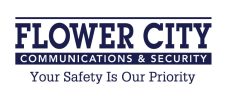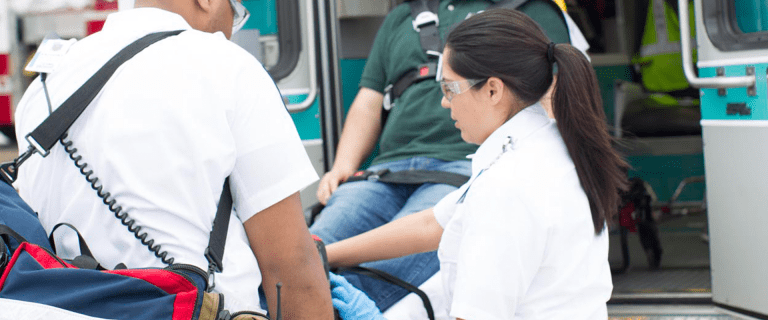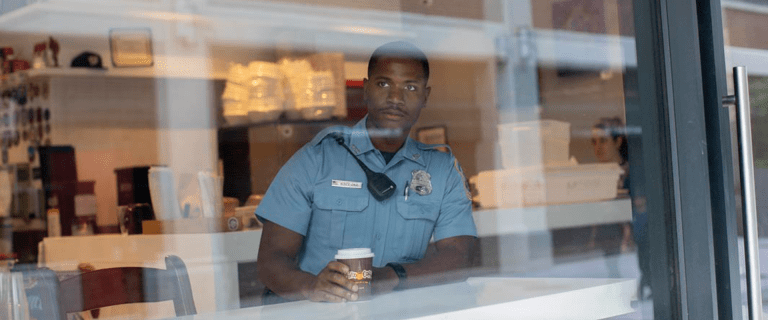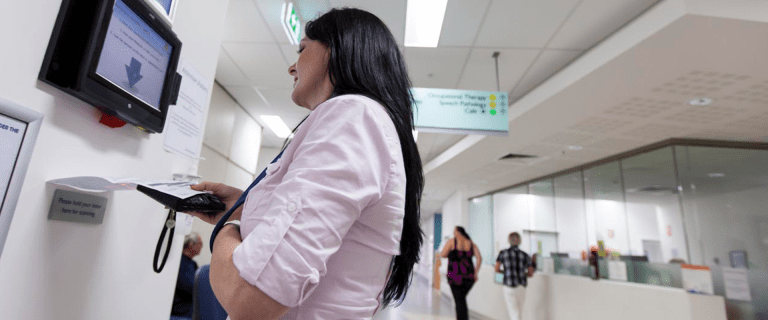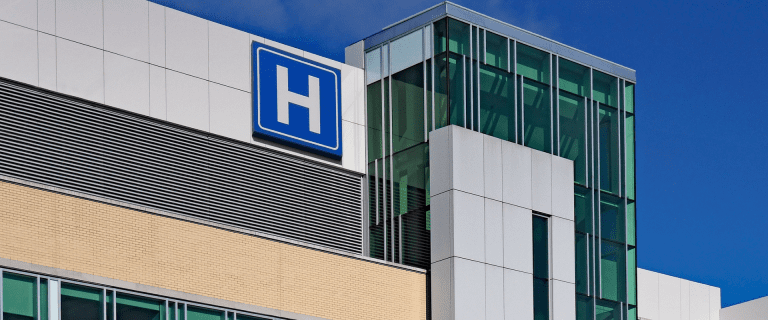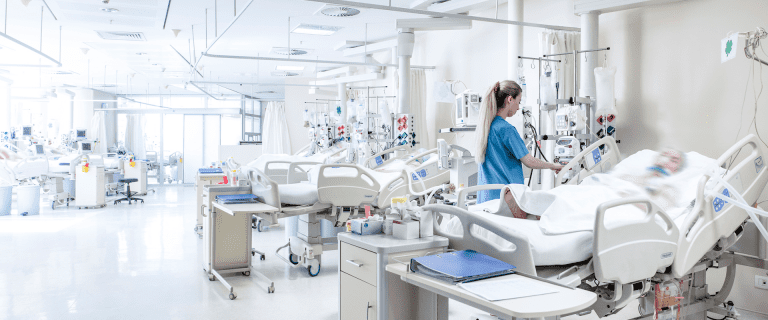Healthcare Integrated Security Systems & Services
Keep your Healthcare staff and facility secure, safe, and productive with lead telecommunication solutions.
Flower City Communications & Security Telecommunication Solutions for your Healthcare Facilities and staff
Stay Safe and Connected With Telecommunication Systems from Flower City Communications & Security
Healthcare is a challenging industry. There are more demands on healthcare professionals to deliver high quality care while undergoing staff cuts, reduced billing, and violence in the workplace. In fact, healthcare workers in hospitals, extended care, and nursing homes are increasingly at risk of experiencing violent incidents while working. Improving communications in healthcare facilities is the first line of defense. By improving communications between all departments, you can decrease harm to your staff, while also increasing efficiency within your facility.
At Flower City Communications & Security, we believe the best way to improve communication is by utilizing integrated telecommunication solutions across locations, and throughout your hospitals. With these systems, you will be able to seamlessly communicate with employees without having to rely on outdated technology. This makes it easy for medical professionals to communicate instantly, so they can spend more time focusing on their patients instead of worrying about potential issues.
Motorola Solutions Solving For Safer From Flower City Communications & Security
Safer Hospitals
Today’s healthcare professionals face the dual responsibility of upholding high standards of patient care while also ensuring patient safety and facility security. How can your team effectively overcome these complex challenges?
- Prioritizing Patient Safety and Security
Enable instant, discreet communication that links staff and systems to help maintain a safe, supportive environment for patients and visitors alike. - Coordinated Emergency Response
Ensure seamless interoperability between radios and public safety networks for fast, reliable communication during critical incidents. - Comprehensive Hospital Security
Implement unified communication systems and integrated technologies to monitor and secure every area—from the hospital perimeter to patient rooms—supporting proactive incident detection and response.
ER Waiting Room Incident
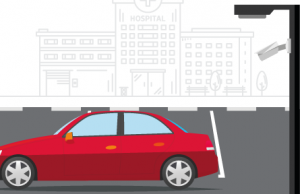
Unusual speed recognized. Erratic driving detected in the parking lot outside of ER and security is alerted and relevant cameras are automatically populated.
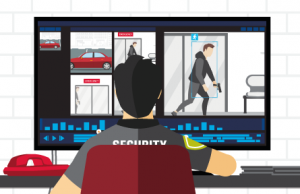
Situation monitored. Security monitors all relevant cameras and views individual exit the car with a weapon drawn as they approach the ER entrance.
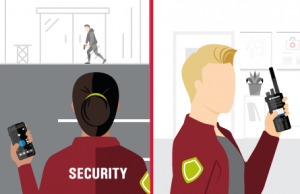
Notification communicated. Alert sent across radios and smartphones to inform all relevant security teams of the situation with image of intruder.
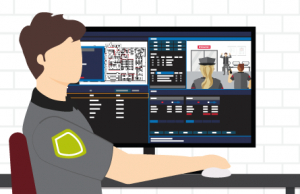
First response dispatched. Security teams approach area wearing body-worn cameras and local police directly engaged. Incident logged with pre-populated fields and relevant data.
Propped or forced door
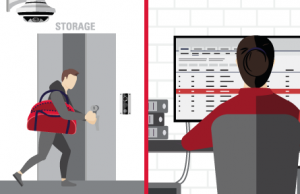
Access control breach recognized. Forced entry detected in sensitive area and an alert is automatically sent to appropriate staff on their device of choice.
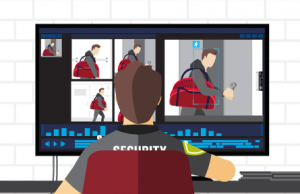
Movements monitored. Relevant cameras instantly populate and intruder is identified and monitored through facility using their appearance. Location of nearest security resources determined.
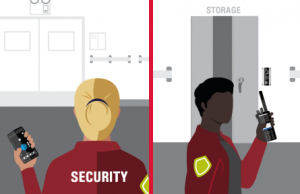
Notification communicated. Resources are dispatched with image and location of individual.
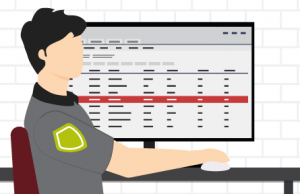
First response dispatched and incident documented. Security teams approach area wearing body-worn cameras and local police directly engaged. Incident logged with pre-populated fields and relevant data.
Be on the lookout (BOLO)
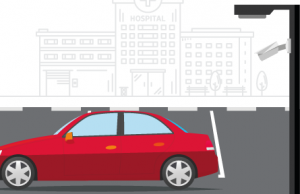
License plate recognized. The license plate of an ex-employee is detected entering hospital grounds. An alert is automatically sent to appropriate staff on their device of choice and to the command center.

Appearance detected. Using a watch list, the intruder is automatically located approaching the hospital and identified. Security receives a notification every time the intruder comes into view of a camera.
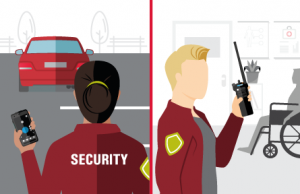
Notification communicated. Nearest security resources dispatched with location and images of the unwelcome individual.
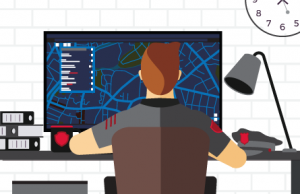
First response dispatched and incident documented. Security teams approach the intruder wearing body-worn cameras and local police directly engaged. Incident logged with pre-populated fields and relevant data.
Off-hours presence detection
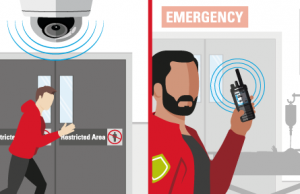
Presence detected during off-hours. Video analytics detect the presence of an individual in a sensitive area during off-hours. An alert is automatically sent to appropriate staff on the device of their choice and to the command center.
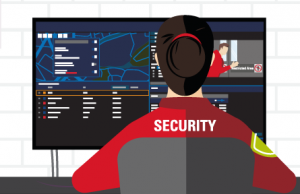
Situational awareness gathered. In the command center, nearby cameras are populated and closest response resources are determined using GPS location data.
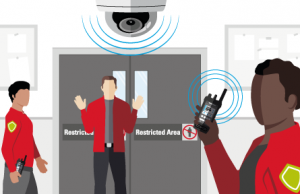
Resources dispatched. Appropriate individuals are dispatched to the area with image of the intruder and other multimedia intelligence.
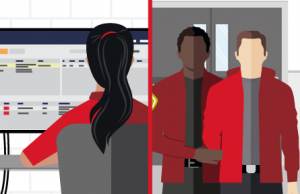
Situation resolved. The passenger is discreetly isolated and a medical screening is conducted and an incident report is automatically logged.
Patient elopement
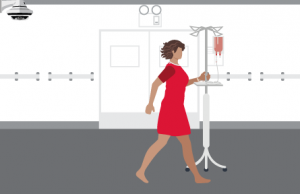
Missing patient reported. A hospital staff member notifies security of a missing, at-risk patient.
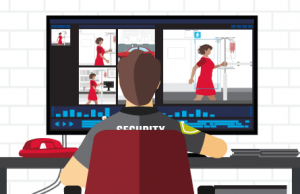
Appearance search on cameras. Security uses a description of the patient to automatically search all cameras to track movement and determine their location.
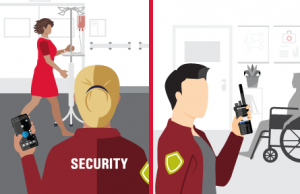
Teams coordinated. Closest security officer or hospital staff to the patient is determined and dispatched to retrieve the patient with image and location information.
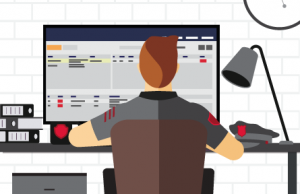
Incident recorded. Hospital security wearing body-worn cameras render the patient safe in a timely manner and an incident report is securely logged.
Flower City Communications & Security Healthcare Solutions
Improve Efficiency, Productivity and Safety With Our Communication Solutions
The healthcare industry is a high-risk environment for violence to staff by patients or visitors. In fact, violence against healthcare professionals has increased significantly over the past decade. According to a 2015 survey, 1 out of 4 nurses report being physically assaulted at work during their career and there were more than 300 reported assaults on healthcare workers in 2016.
Flower City Communications & Security, in partnership with Motorola Solutions, can offer a wide portfolio of wireless telecommunication solutions for healthcare teams in Upstate and Western New York. Our integrated solutions will not only increase safety but also facilitate other positive organizational outcomes like improved efficiency. Motorola Solutions has developed a comprehensive solution platform, designed specifically to address issues in the healthcare industry. Utilizing Motorola digital two-way radio systems and Avigilon video systems, healthcare organizations can manage operations across campuses, hospitals, and labs.
Learn More About Our Communications solutions For Healthcare
Flower City Communications & Security Healthcare Services
High Quality Services For Your Healthcare Telecommunication Systems
Healthcare organizations are under a lot of pressure to keep up with the latest technology, manage their wireless systems, and plan for future expansion and requirements. With the increasing demand for telecommunication systems, hospitals, long term care facilities, and healthcare campuses, need a partner who can deliver and maintain reliable networks that support voice, video and data applications.
Flower City Communications & Security has over 55 years of experience installing high-quality communications systems in hospitals in Upstate and Western New York, so you can rest assured that we will get your system up and running quickly and efficiently with minimal disruption to your facilities or staff. Our expert team will work closely with you from design through implementation, so you know exactly what you’re getting before we begin installation, which means there are no surprises along the way. We offer a complete range of services including consulting support, maintenance agreements and turnkey installations, so all your telecom needs are taken care of by one trusted partner.
